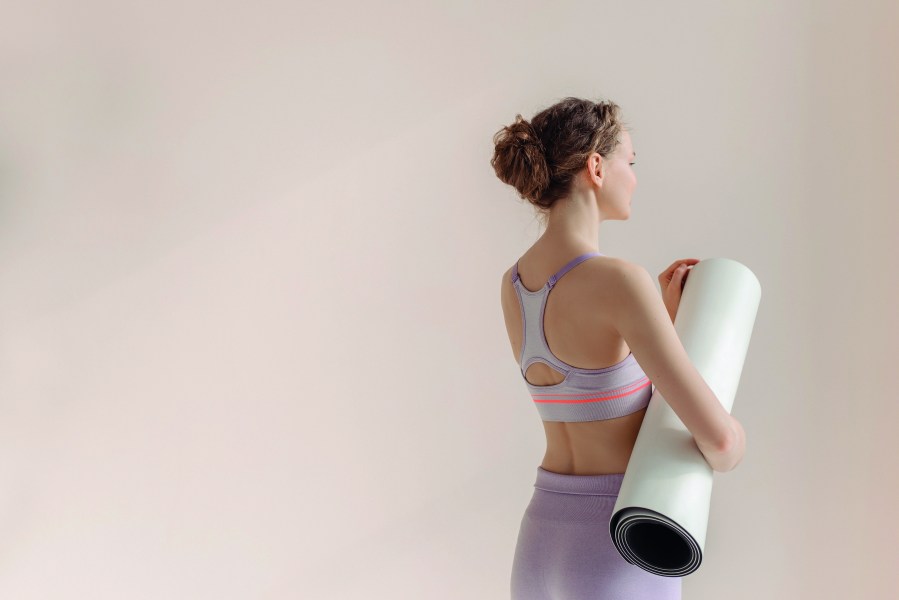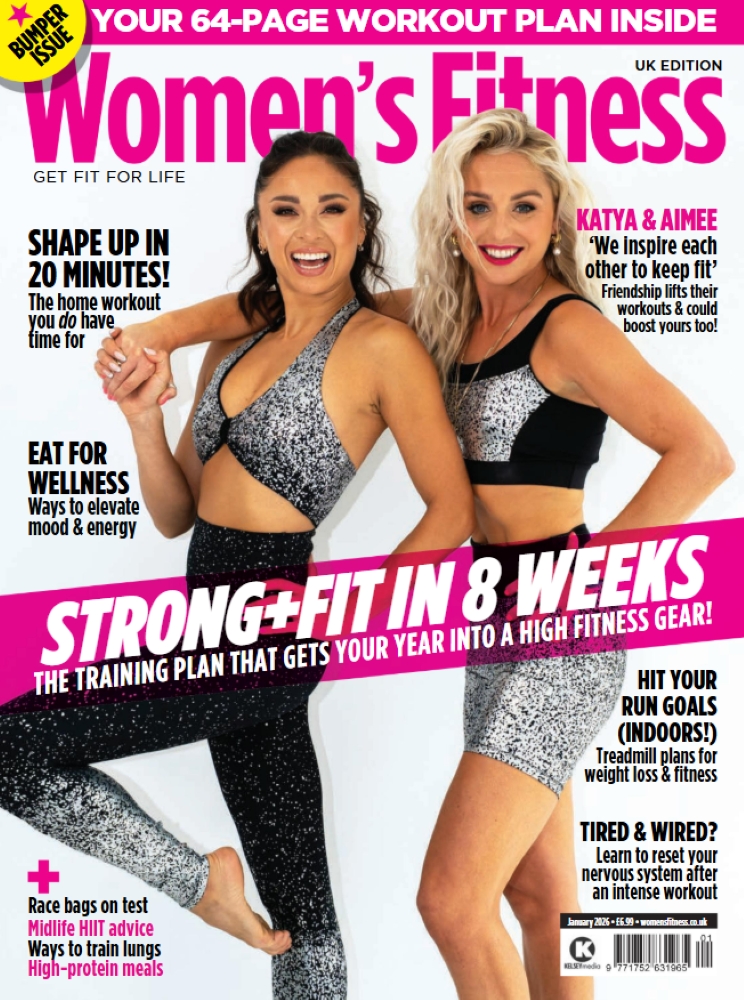Power up your running with these must-do Pilates moves from certified instructor Liz Patient.
Pilates has become all the rage in the health and fitness world lately, and rightly so as it’s a low-impact workout that strengthens and tones while improving flexibility, but one thing that has been understated is its benefit for runners. If you like to run, incorporating Pilates into your schedule is guaranteed to not only improve your running form, performance and endurance, but it can also help to reduce injury risk and help you enjoy running even more.
Don’t know where to start? The following five moves are designed to make you stronger and to help you move better as well. And the better you move, the better you feel – both out on the roads and trails, and in everyday life.

Liz Patient is a certified Pilates instructor and founder of Pilates for Runners.
Pilates workout for runners
Hip Hinge
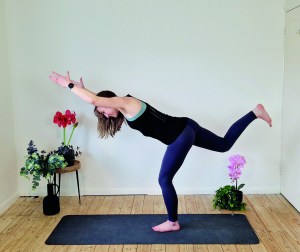
Sets: 3 x 15-20 reps per leg (45-second rest between sets)
Improving your single-leg balance is a fantastic way to build leg, glute, hip and core strength, as well as support great running form and performance. The hip hinge will develop your motor control, proprioception, strength and co-ordination – all essential skills. It also targets flexibility and strength in the hamstrings (a common weak spot for runners, which can leave
them feeling tight).
- Stand on one leg, bend the other knee and lift it in front of you. Beginners may want to start with their arms out to the sides to help their balance. Improvers take the arms overhead.
- From here, hinge forward at the hips, pushing your bottom behind you as you bend at the waist, whilst keeping the moving leg bent at the knee as the foot comes up behind you. Repeat.
Think ‘smooth moves’: aim to keep movement smooth and constant, so slow down if you’re struggling with balance.
Kneeling Side Kicks
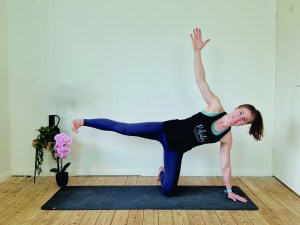
Sets: 3 x 10-15 per leg (45-second rest between sets)
Running is all forward and backward motion for the arms and legs, and is movement on the sagittal plane. This is repetitive and can mean your side (lateral) muscles get neglected. Your lateral muscles help to stabilise and support the body when you’re on the move, so making sure you do lateral strength work outside of running is key to balancing out the impact running has on your body. It also ensures you maintain the best movement possible!
- Kneel on the floor and take one leg out to the side.
- Take your opposite hand to the floor to help support the upper body.
- Lift the long leg and top arm, pausing briefly at the top. Slowly lower the leg to keep up the work on the way down. Repeat.
Turn your toes and knee of the moving leg to face forward or slightly down and towards the floor. This helps to really target those lateral muscles.
Try this strength workout for runners.
Plank with shoulder taps
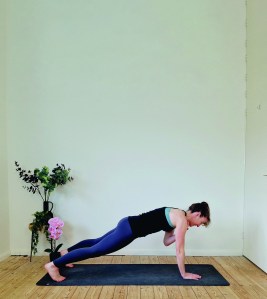
Sets: 3 x 45 seconds – 2 minutes, depending on ability (45-second rest between sets)
Planking is a fantastic way to build core strength and trunk stability, which is great for your running form. The stronger and more stable you are through your centre, the more power you can deliver with your arms and legs to drive you forward. The aim is to keep your torso as still as possible whilst you do this one.
- Start at the top of a push-up position – your body should form a straight line (beginners can start with knees on the mat, in a kneeling plank position).
- Brace your abs, squeeze your glutes and hold. Think about drawing the bottom of your ribs down towards your hip bones to prevent your back from extending and your belly dropping towards the floor.
- When in a stable plank position, tap alternate shoulders while keeping your body as still as possible. Ready to challenge yourself? See if you can lift the opposite leg at the same time as the hand goes to tap.
Planks such as this one, where you are moving your arms and/or legs, make them much more functional for runners than static ones.
Single-leg bent-knee calf raises
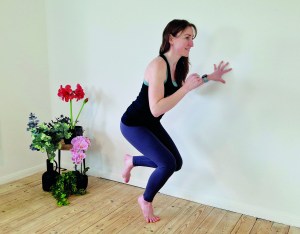
Sets: 3 x 12-15 per leg (add weights if possible – 45-second rest between sets)
The calves absorb three-to-eight times your body weight during your running stride. That is a huge force for those muscles to absorb, and can often result in the sensation of tight calf muscles – or worse, niggles and injuries – if you don’t build their resilience outside of running with appropriate strength work. This exercise is great for building strength in your calves and around the feet and ankles, plus the single-leg work is good for balance and stability.
- Start doing this move with a light contact on a wall or surface to help with balance.
- Standing on one leg, spread your toes and keep an even pressure on them as you lift and lower the heel with a bent knee. Think, ‘up fast and down slowly’, because you want to make sure you lower the heel with control for maximum benefit.
If you can do this on the edge of a step to lower the heel below your toes, even better!
Superman Lifts
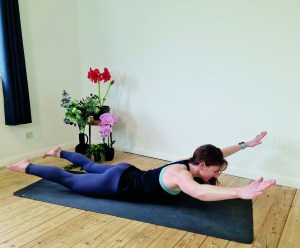
Sets: 3 x 12-15 (45-second rest between sets)
A great running form involves a slight lean forward, leading from the chest. When you get tired, you can find yourself collapsing forward in the upper body and folding forward from the hips, instead. Building your back (posterior chain) strength with exercises like this one is a great way to counteract this and keep you running tall and with a great form!
- Lie facing the floor with your legs straight and arms bent, palms flat on the floor by your head.
- Lift your chest, arms and legs off the floor, and hold as you extend your arms out in front of you in a ‘Y’ shape.
- Hold for a breath then slowly lower to the floor and bend the arms.
Keep your arms lifted high as you extend them in front of you to really work the shoulders and back.

